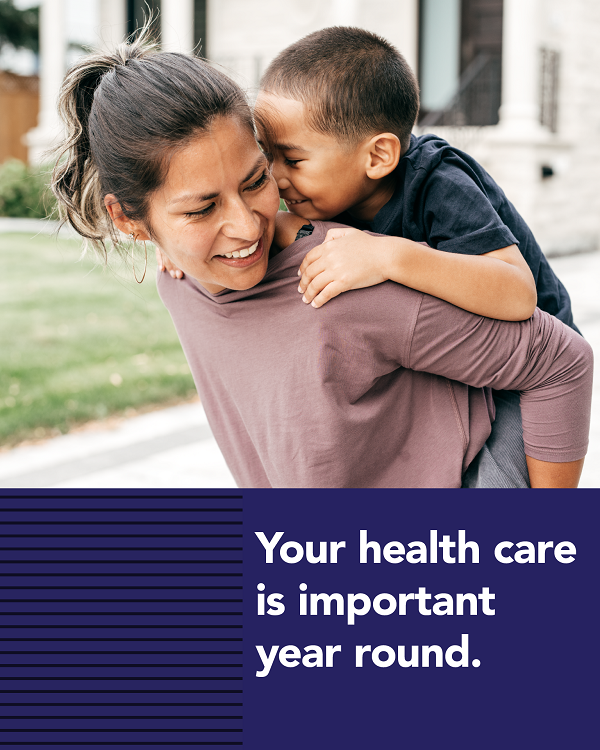 If you recently have lost your job-based health benefits, you may be eligible to enroll in health coverage through Maryland Health Connection.
If you recently have lost your job-based health benefits, you may be eligible to enroll in health coverage through Maryland Health Connection.
I lost my job. Can I get health insurance?
Yes, you have 60 days from the date of losing your job to enroll in health coverage through Maryland Health Connection.
You do not have to wait for open enrollment. A special enrollment period allows you to enroll in a health plan.
If you already have a Maryland Health Connection health plan and your income has changed, be sure to log in to your account and report the change. You may be eligible for more savings.
How do I enroll?
-
Browse plans and get an estimate at MarylandHealthConnection.gov or download the free mobile app to compare coverage and costs before you enroll.
-
When you apply through Maryland Health Connection, you will estimate your household income to see if you can get help paying for health coverage. Last year, nine in 10 people who enrolled through Maryland Health Connection qualified for financial help.
-
Choose a health plan that is the best fit for you and your family. If you need help, call 1-855-642-8572.
-
Pay your first bill.
-
You are covered!
What about COBRA?
Your company may offer you Consolidated Omnibus Budget Reconciliation Act (COBRA). This is an opportunity to continue your current health coverage (typically up to 18 months) at an increased personal cost, since you will be paying the portion your employer used to pay. If you have already enrolled in coverage through COBRA, you must either wait for open enrollment in the fall or wait 18 months for your COBRA benefits to expire before you can enroll through a special enrollment period with Maryland Health Connection.
Can I compare COBRA and Maryland Health Connection coverage?
To estimate the cost and benefits of Maryland Health Connection coverage with that of COBRA, use our Get an Estimate tool to understand your options before making a decision.
Is Medicaid an option?
Yes, if you are eligible, you may apply for Medicaid at any time. You do not have to wait until the open enrollment period or until COBRA coverage ends to enroll in Medicaid.
Need help?
Free consumer assistance is available by calling 1-855-642-8572 weekdays from 8 a.m. to 6 p.m. Deaf and hard of hearing use Relay. Help is available in more than 200 languages. You also may call a navigator in your area, who can answer questions and help you complete the application by phone. Also, Check out our YouTube channel for short videos on how to use the online application.



 SIGN IN
SIGN IN


 This week, the U.S.
This week, the U.S.
 most important piece of the health-care puzzle: a primary care doctor. So, what is a primary care physician and why is he or she so critical to taking care of your health?
most important piece of the health-care puzzle: a primary care doctor. So, what is a primary care physician and why is he or she so critical to taking care of your health?



